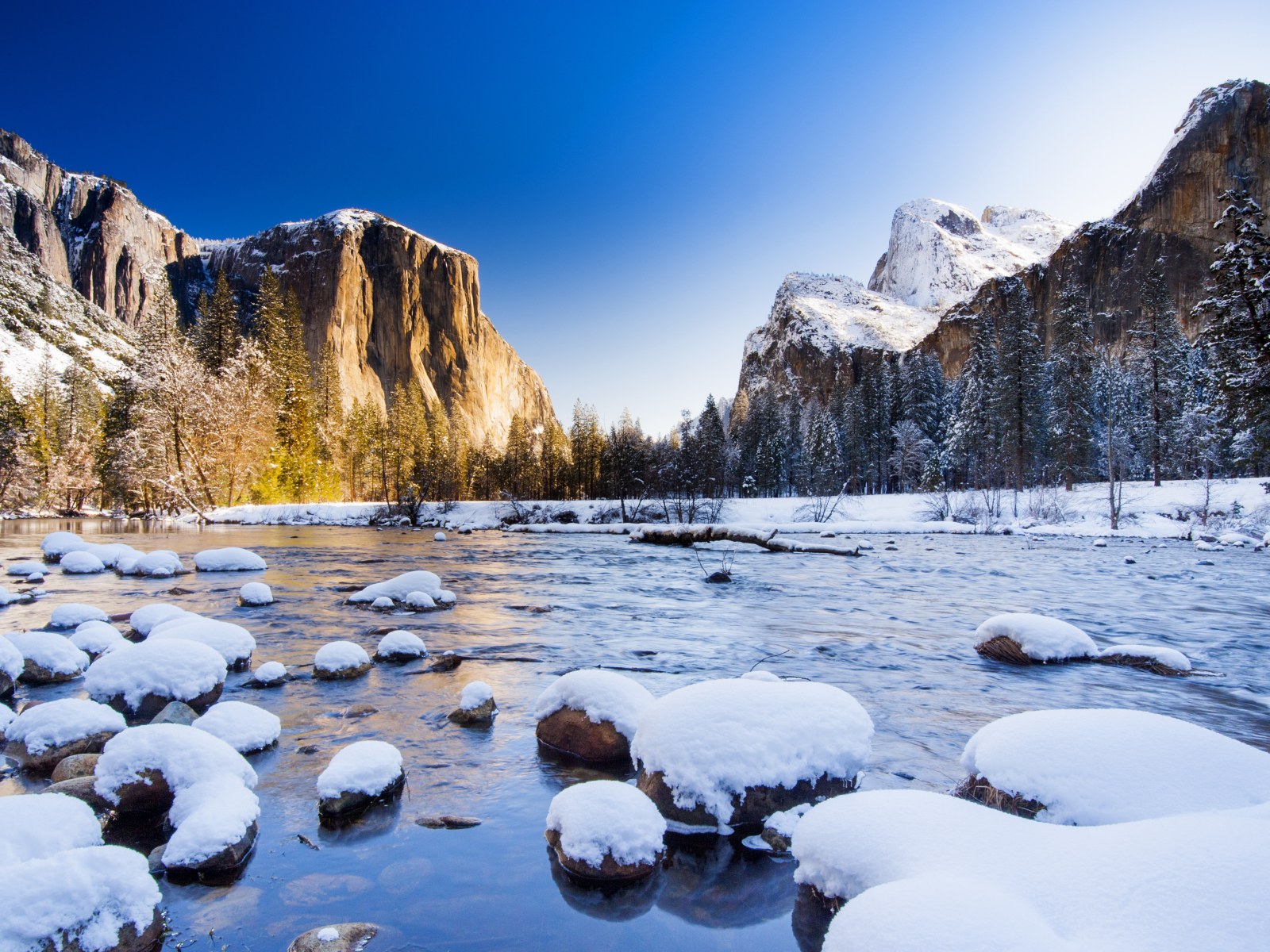Moving to Rural Washington State: Benefits and Challenges
Washington State, located on the Pacific Coast of the United States, is known for its picturesque scenery, favorable climate, and high standards of living. From majestic mountains and vast forests to tranquil lakes and scenic rivers, this state offers a variety of natural settings. The favorable climate and rich soils promote agriculture, making Washington State’s rural areas attractive places to live and work.
Washington State Agricultural Areas
Washington State has many agricultural districts, each specializing in certain types of activities. Here are a few of them:
1. Yakima Valley
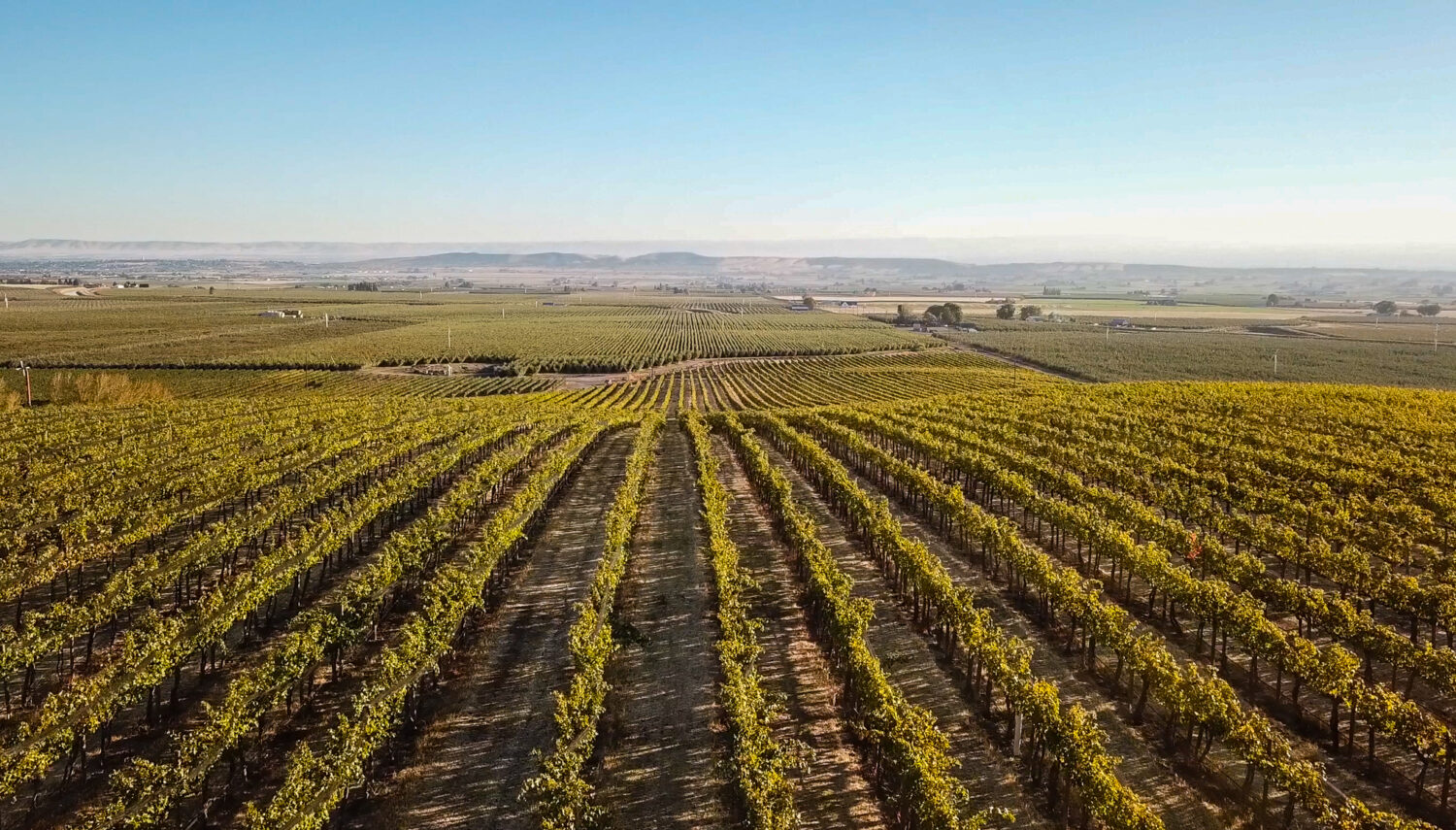
- Location: Central Washington State.
- Specialty: One of the most famous agricultural regions in the state, Yakima Valley is known for its wine, horticulture and fruit growing. Some of the best wineries in the state are located here, and apples, pears, and cherries from the valley are nationally known.
- Life in the region: Residents of the region are engaged in agriculture, working on family farms or in large agricultural enterprises. Life here is quiet and measured, with an emphasis on hard work and caring for nature.
- Challenges: When moving to rural Yakima Valley, you should consider seasonal income fluctuations related to crops and the need to work in a labor intensive environment.
Yakima Valley is located in central Washington State and is one of the most famous and productive agricultural areas in the United States. The valley stretches along the Yakima River and is surrounded by picturesque mountains and hills. The nearest major cities are Yakima, which is the county seat, and Selah. The region is home to approximately 250,000 people, with the majority of the population employed in agriculture.
Yakima Valley is characterized by a semi-arid climate with hot summers and cold but usually low snowfall winters. Average annual rainfall is only about 200-300 mm, requiring intensive irrigation to sustain agriculture. Due to the fertile soil and the irrigation system installed along the Yakima River, the valley has become one of the leading agricultural regions in the country.
Yakima Valley is known as the “fruit basket of America.” Major agricultural production areas include:
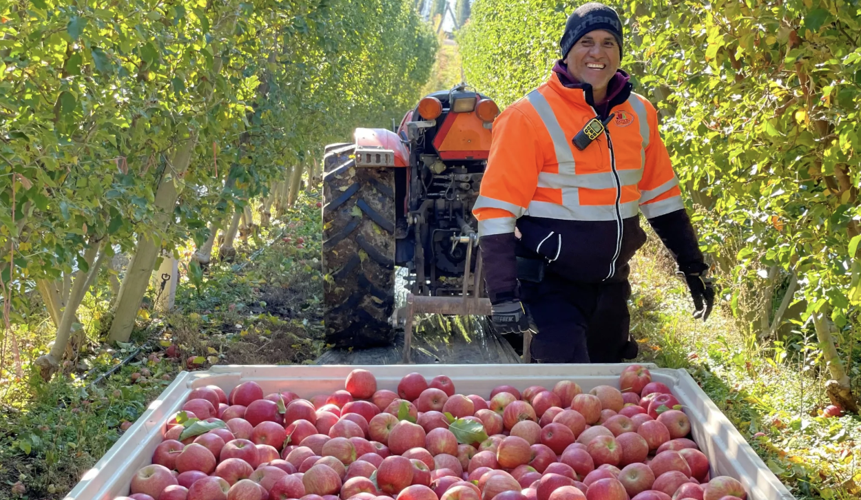
- Fruit: The Valley is the largest apple producer in the United States, producing more than 70% of the nation’s apples. In addition to apples, pears, cherries, peaches, apricots and nectarines are grown here.
- Grapes and Winemaking: Yakima Valley is the oldest and one of the most famous wine regions in Washington State. It is home to more than 100 wineries producing high-quality wines, including cabernet sauvignon, merlot and chardonnay.
- Hops: The Yakima Valley is also the largest producer of hops in the United States, accounting for more than 75% of the national production. Hops grown in the region are used by breweries around the world.
- Vegetables and other crops: In addition to fruits and grapes, Yakima Valley grows a variety of vegetables, corn, potatoes, and asparagus.
Agriculture is the backbone of Yakima Valley’s economy. Processing and packaging of agricultural products is booming in the region, creating additional jobs in the food industry. Many residents work on farms, in wineries, and in agricultural production and export businesses. Seasonal labor also plays an important role, attracting workers from other regions.
Yakima Valley offers a quiet and measured lifestyle close to nature. Residents enjoy the clean air, picturesque scenery and rich cultural heritage of the region. The valley hosts numerous festivals and events such as the Yakima Valley Sunfair Parade, Wine and Food Festival that attract tourists and residents to the state.

Difficulties and Challenges
Despite the benefits, living in the Yakima Valley comes with its own set of challenges:
- Seasonal income fluctuations: The region’s economy depends on crops, which can lead to income instability, especially for farmers and seasonal workers.
- Climatic conditions: Hot and dry summers require significant resources for irrigation, which can lead to competition for water resources.
- Occupational health and safety: Agricultural workers are exposed to risks associated with harsh working conditions and exposure to chemicals.
Benefits of moving to Yakima Valley
- Nature and ecology: Residents can enjoy living surrounded by nature, clean air and homegrown produce.
- Wine development: The region offers unique opportunities for those interested in winemaking and agritourism.
- More Affordable Real Estate: Housing costs in Yakima Valley are lower than in major cities across the state, making it attractive to families and young professionals.
2. Skagit Valley
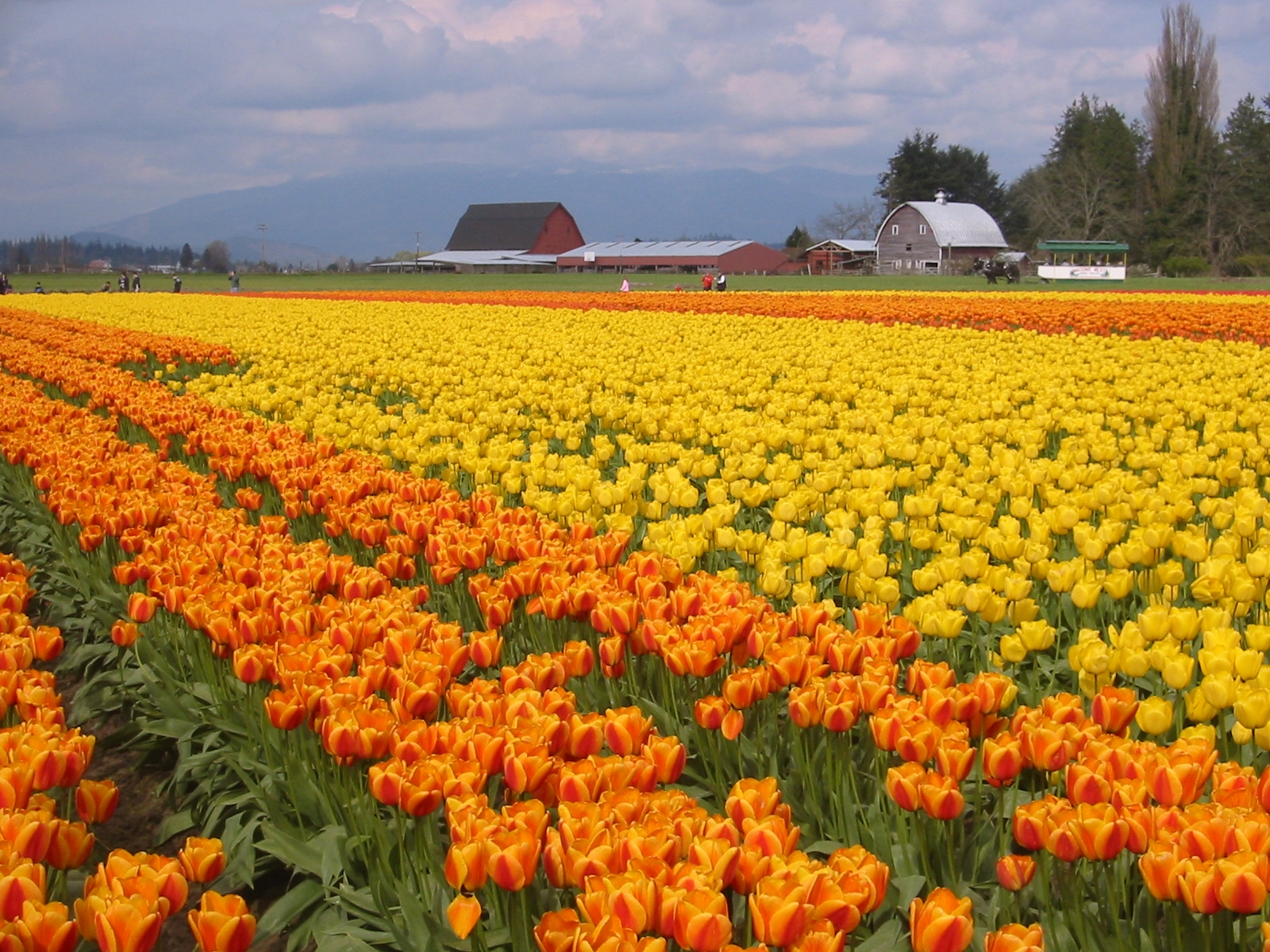
- Location: Northwest of the state, near the coast.
- Specialization: Skagit Valley is known for its flower farms, especially tulip farming, as well as vegetable crops. Organic farming is actively pursued in this region.
- Life in the region: The region attracts those who value closeness to nature and participation in organic production. It hosts the famous Skagit Valley Tulip Festival, which attracts tourists from all over the world.
- Challenges: Regular rains and a cool climate can be a challenge for new residents, especially those accustomed to drier and sunnier climates.
Skagit Valley is located in northwestern Washington State, about an hour north of Seattle. The valley stretches along the Skagit River and overlooks the Puget Sound Gulf Coast. The major cities in the area are Mount Vernon, Burlington, La Conner, and Sedro-Woolley. The region is home to approximately 120,000 people and a large portion of the population is employed in agriculture, produce processing, and agritourism.
Skagit Valley is known for its fertile soils and temperate maritime climate, which is characterized by mild winters and cool summers. The region receives adequate rainfall, which favors a variety of crops. Surrounded by mountains, the valley also has access to water resources, making it ideal for growing a variety of crops.
Skagit Valley is known for its diverse agricultural production. Major areas include:

- Floriculture: One of the main attractions of the valley is the cultivation of tulips and daffodils. Skagit Valley becomes the center of the Tulip Festival every year, which attracts thousands of tourists. The fields of blooming tulips and daffodils in spring create an unforgettable spectacle.
- Dairy: The region is known for its dairy industry, including farms producing milk, cheese and other dairy products. The dairy industry plays an important role in the region’s economy.
- Vegetables and Berries: Skagit Valley grows a variety of vegetables (such as cabbage, potatoes, and carrots) and berries (such as strawberries and raspberries). Many farms offer self-picking of berries during the summer months, which is a popular activity among locals and tourists.
- Cereals: The valley is also an important producer of cereal crops such as wheat and barley. These crops are grown for both local consumption and export.
Agriculture is the backbone of the Skagit Valley’s economy. In addition, agri-tourism plays a significant role, attracting tourists who want to see the famous tulip fields, visit farmers’ markets and the tasting rooms of local wineries and breweries. The region also has a strong food industry, including vegetable and berry processing, dairy production and natural food products.
Skagit Valley offers a quiet and measured lifestyle close to nature. Residents of the region enjoy scenic landscapes, clean air and the opportunity to consume locally produced foods. Local markets and farm stores offer a wide variety of fresh vegetables, fruits, berries, dairy products and other goods.
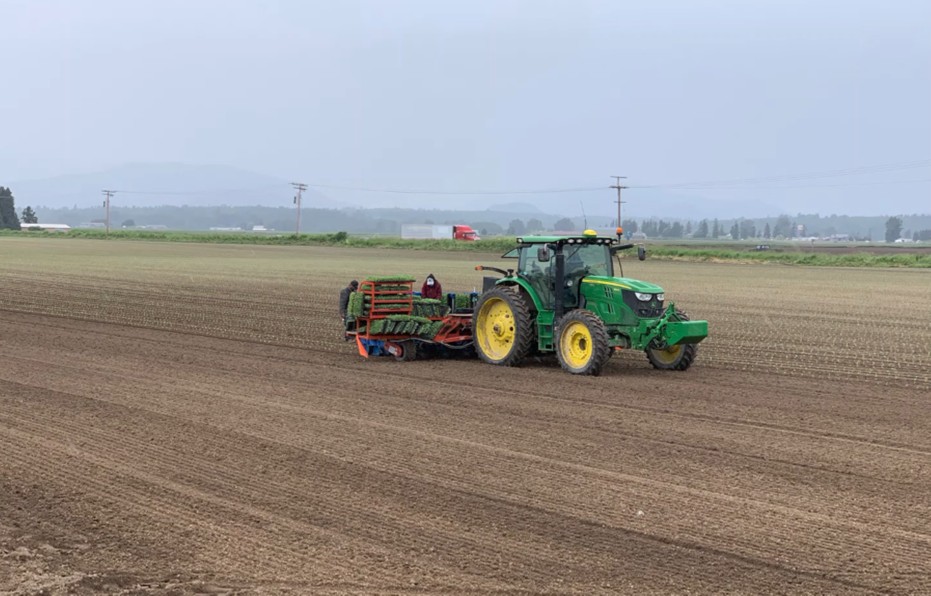
Difficulties and Challenges
As with any agricultural region, Skagit Valley residents face certain challenges:
- Seasonality of Agriculture: The region’s economic activity is highly seasonal, which can affect income stability, especially for farmers and seasonal workers.
- Competition for land: Population growth and suburban development can lead to competition for land suitable for agriculture.
- Climate change: Weather patterns may become less predictable due to climate change, which may affect crops and farmers’ incomes.
Benefits of moving to Skagit Valley
- Nature and Environment: Living in Skagit Valley allows you to enjoy the beauty of nature and clean air, as well as eat organic food.
- Community and Culture: The locals are proud of their traditions and actively participate in the community, which creates a warm and friendly atmosphere.
- Real Estate Affordability: Housing costs in Skagit Valley are lower than in major cities across the state, making the region attractive to families and those looking for a quiet place to live.
3. Columbia Basin
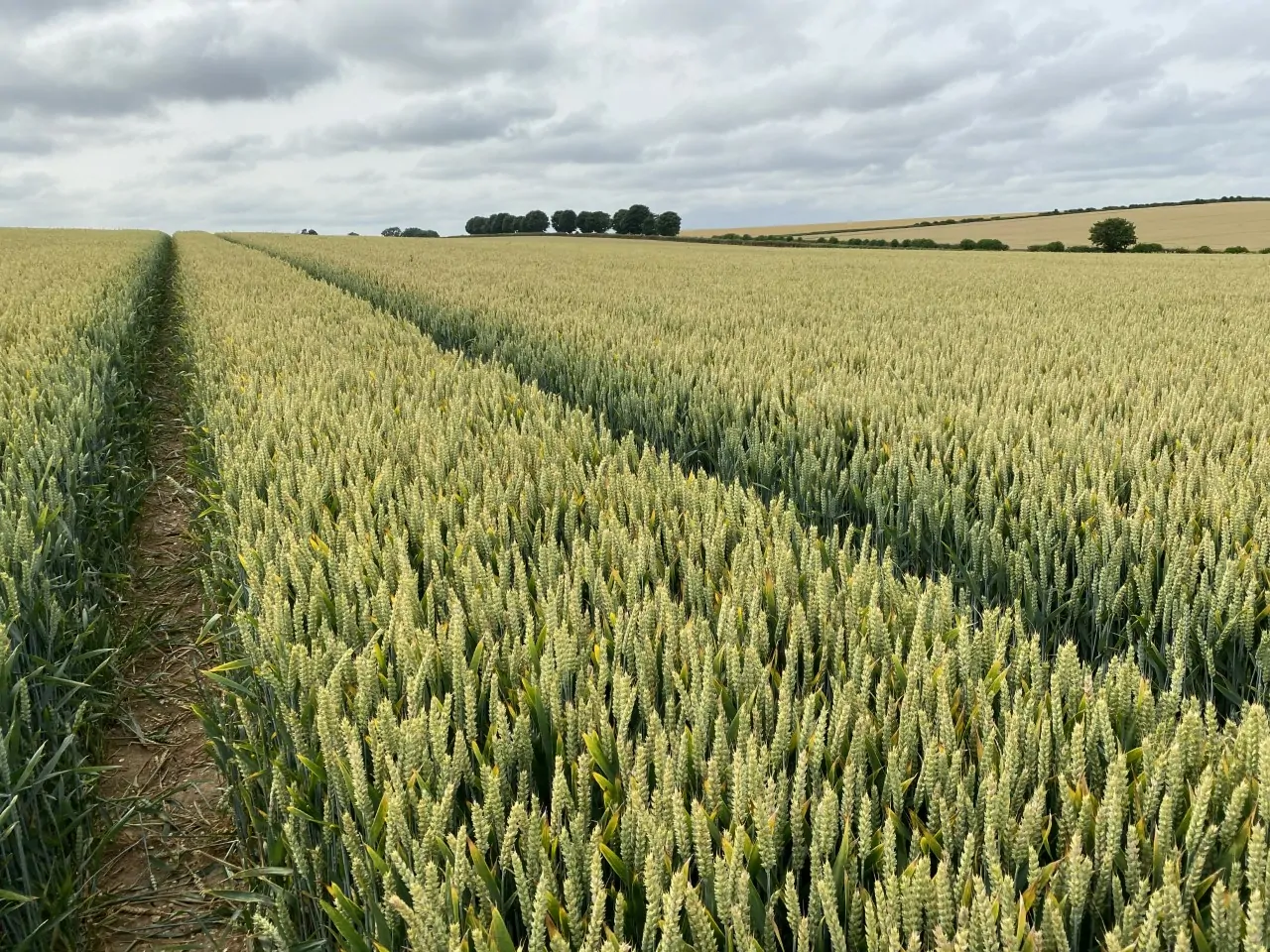
- Location: Eastern part of Washington State.
- Specialization: Grain farming and potato growing are actively developing in this region. Columbia Basin is known for its large farms and active use of modern technologies in agriculture.
- Life in the Region: Columbia Basin residents lead an active lifestyle of large-scale farming. The region is characterized by a robust economy and a stable business environment.
- Challenges: Water supply and access to water resources can be an important factor when farming in this region. The isolation of some areas and distance from major cities should also be considered.
Columbia Basin is a large and diverse agricultural region located in central Washington State. It covers a large area, stretching from the Columbia River in the west to the state’s borders in the east, and includes counties such as Grant, Adams, Franklin, and Benton. With an extensive irrigation system and fertile soils, the region is one of the largest agricultural producers in the United States.
Columbia Basin is located in a semi-desert area that was originally dominated by a dry and arid climate. However, the construction of a grand irrigation system based on water from the Columbia River revolutionized the region, turning it into one of the most productive agricultural areas in the country. Summers here are hot and dry, which is ideal for growing a variety of crops, while mild winters allow for a longer growing season.
Columbia Basin is known for its variety of crops and products. Major areas of focus include:
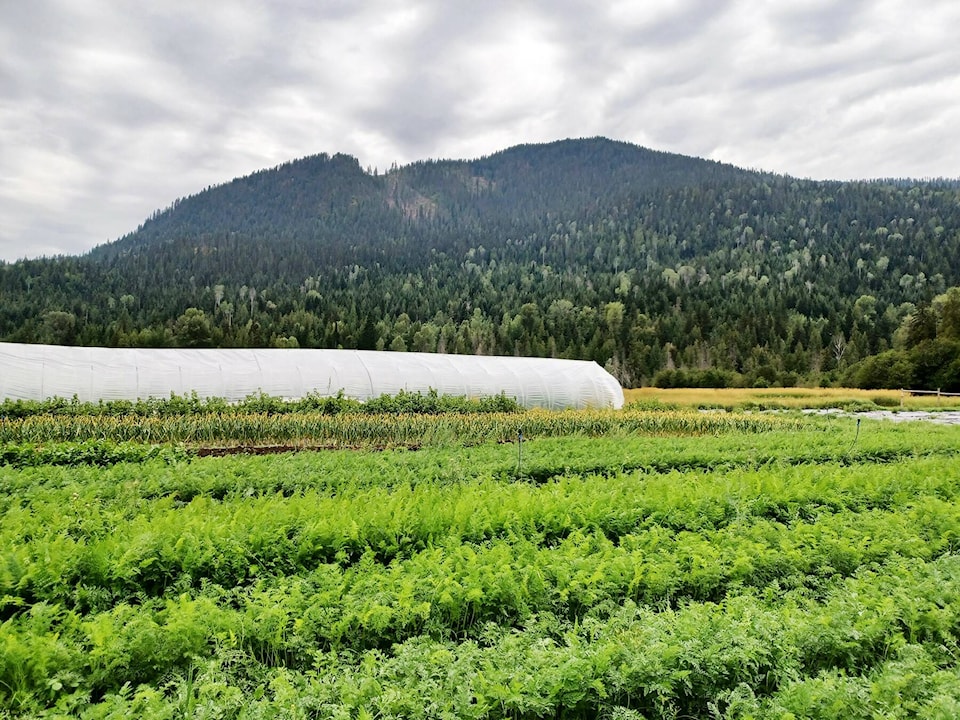
- Fruit Orchards and Vineyards: Columbia Basin is one of the leading apple, cherry, peach and pear producing regions. Apples, in particular, are the most important crop, and the region is known for producing high-quality varieties such as Red Delicious and Honeycrisp. Viticulture also plays a significant role in the region’s economy. Vineyards produce grapes for high-quality wines, and Columbia Basin is part of well-known wine regions such as the Columbia Valley AVA.
- Vegetable Crops: The region is known for its potatoes, onions, carrots, and corn. These crops are grown in large quantities and are not only supplied to local markets, but also exported to other states and countries.
- Cereal Crops: Columbia Basin produces significant amounts of wheat, corn, and barley. These crops are the basis for bread, flour, and other food products.
- Garden and Ornamental Plants: The region also has an active nursery industry that grows ornamental plants, shrubs, and trees that are used in landscaping throughout the northwestern region of the United States.
Agriculture is the backbone of Columbia Basin’s economy. Thousands of farms operate in the region, producing food and other agricultural products for national and international markets. The agricultural sector provides jobs for the local community, including farmers, harvest workers, processing plant employees, and agro-technology professionals.
The irrigation system and agricultural development have also led to the growth of related industries such as fertilizer, farm equipment, and produce processing.
Living in Columbia Basin offers a quiet and measured lifestyle, especially for those who prefer nature and outdoor activities. Locals enjoy the clean air, scenic views, and the opportunity to work the land. Agriculture-related educational programs and training are actively developed in the region, which contributes to the professional development of workers in the agricultural sector.
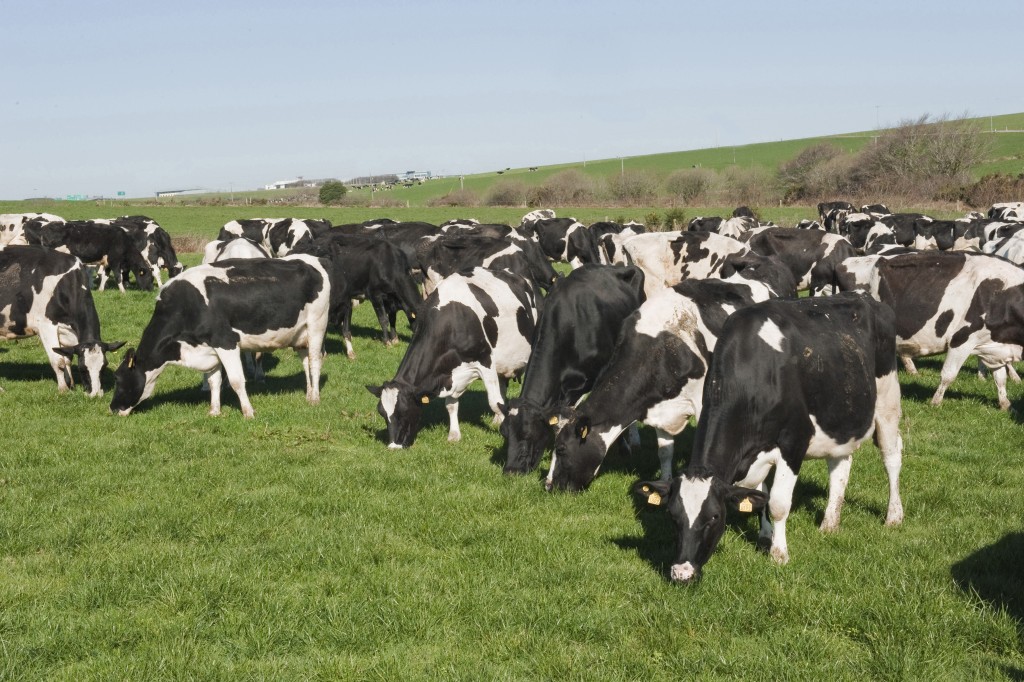
Difficulties and Challenges
While Columbia Basin presents many opportunities, there are also some challenges:
- Irrigation Dependence: The region is highly dependent on the irrigation system, and any disruption in water supply can severely impact agriculture.
- Climate Change: As in other agricultural areas, climate change can affect crop yields, forcing farmers to adapt to new conditions.
- Seasonal Employment: Many jobs in agriculture are seasonal, which can create employment problems at certain times of the year.
Benefits of Moving to Columbia Basin
- Natural and Environmental Conditions: Living in the Columbia Basin means living in a region with clean air, beautiful scenery, and the opportunity to work with nature.
- Housing Affordability: Housing costs in Columbia Basin are lower than in major cities across the state, making the region attractive to families and those looking for a quieter, more economical life.
- Agritourism Development: The growing popularity of agritourism opens up new business opportunities and attracts tourists interested in agricultural tours and tastings from local farms.
4. Walla Walla

- Location: Southeast of the state.
- Specialty: Winemaking and grape growing are key agricultural industries in the Walla Walla region. Some of the best wines in the country are produced here, making this region popular with wine lovers.
- Living in the region: Walla Walla residents live surrounded by vineyards and wineries and actively participate in the wine industry. The region is also known for its historical sites and cultural events.
- Challenges: Life in Walla Walla Walla can be less dynamic compared to larger cities, and agricultural dependence on crops can affect economic stability.
Walla Walla is an agricultural region located in southeastern Washington State. It is close to the Oregon border and includes the city of Walla Walla, which is the center of the region. The area is characterized by its mild climate and fertile soils, making it one of the most well-known and respected wine regions in the United States.
Walla Walla is located in a valley surrounded by hills and mountains, which creates unique climatic conditions. The region experiences warm and dry summer months, while winters are mild and short. It is an ideal climate for viticulture and the cultivation of a number of other crops. The fertile soils of the region, consisting of volcanic ash and sedimentary rocks, provide ideal conditions for growing high quality grapes.
Walla Walla is primarily known for its vineyards and wineries, but the region’s agriculture also includes other important areas:
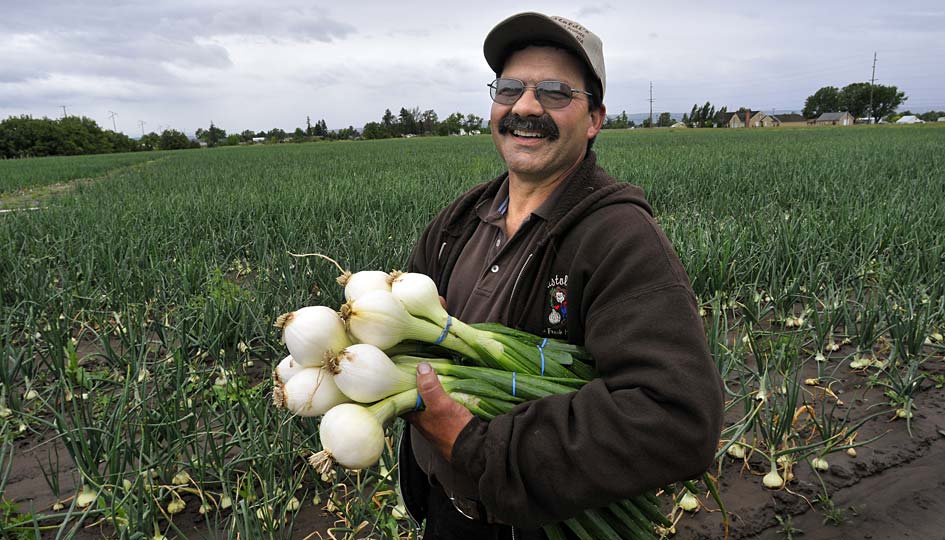
- Viticulture and Winemaking: The Walla Walla Valley AVA is recognized as one of the best wine regions in the country. Walla Walla vineyards produce grapes for high quality wines such as Cabernet Sauvignon, Merlot and Syrah. Local wineries such as Leonetti Cellar, L’Ecole No. 41 and Cayuse Vineyards, are internationally recognized for their wines.
- Onions and Vegetables: In addition to viticulture, Walla Walla is known for its unique sweet onion variety, Walla Walla Sweet Onion. This onion variety is one of the most famous in the United States and is in great demand for its mild and sweet flavor. The region also produces a significant amount of other vegetables including carrots, potatoes and corn.
- Cereal Crops: Walla Walla grows wheat and barley, which are important crops for the local economy. The grain fields are spread over large areas, creating picturesque scenery, especially during the summer months.
The economy of the Walla Walla region relies heavily on agriculture and winemaking. Wineries attract both tourists and workers, and local farms provide employment for thousands of residents. The tourism industry associated with winemaking is also booming, offering jobs in hospitality, restaurants, and tourism services.
ducational and research institutions, such as Walla Walla Community College, also promote agricultural technology and train new professionals for agriculture.
Life in Walla Walla Walla is characterized by tranquility and a high quality of life. The city of Walla Walla, with a population of approximately 30,000, offers a variety of cultural events, great restaurants, and of course, wine tastings. Residents enjoy the proximity to nature, which allows for outdoor activities such as hiking, fishing, and biking.
Walla Walla Walla is known for its hospitality and small but lively communities where everyone can find their place. The city is also known for its festivals such as the Walla Walla Sweet Onion Festival and wine events that attract tourists from all over the world.
Difficulties and Challenges
Despite all the advantages, the region faces certain challenges:
- Climate dependence: As in other agricultural regions, changes in weather conditions can affect yields and quality.
- Wine Market Competition: Despite the high quality of the wines, competition with other wine regions can be intense, especially in international markets.
Benefits of moving to Walla Walla
- Beautiful Natural Conditions: Walla Walla offers magnificent scenery and a comfortable climate for outdoor living.
- Cultural Life: The wine culture and various festivals make Walla Walla an attractive place to live and relax.
- Affordable Housing: Compared to larger cities, housing costs are lower in Walla Walla, making it affordable for families and those seeking a relaxed and comfortable lifestyle.
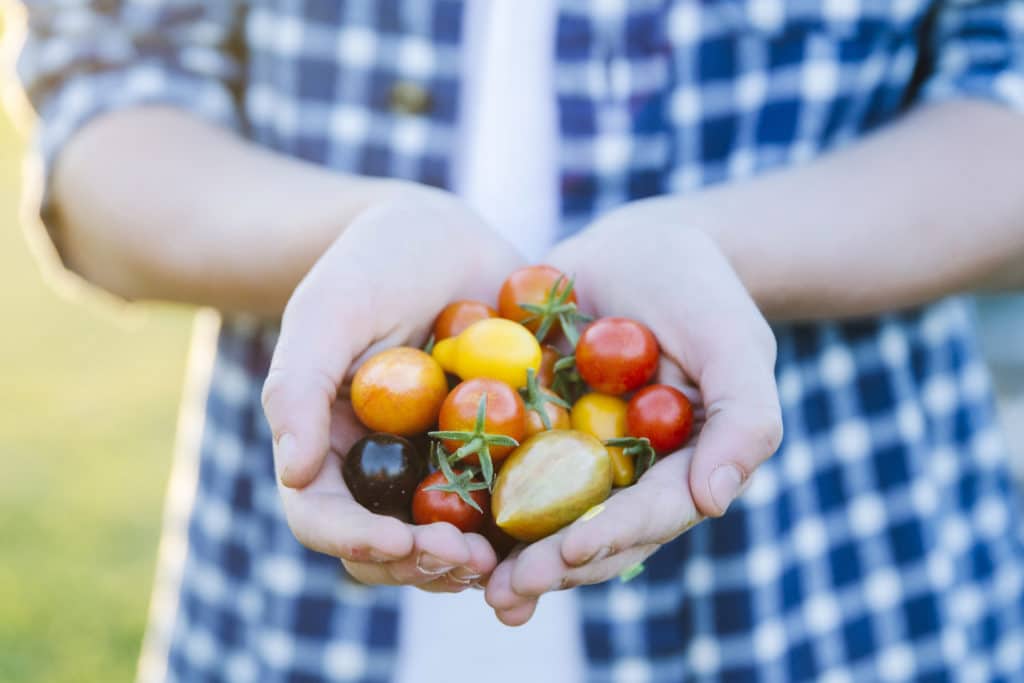
Advantages and challenges of moving to a rural area
Advantages:
- Nature and tranquility: Living in the countryside offers the opportunity to enjoy clean air, scenic landscapes and proximity to nature. It is an ideal place for those who seek privacy and a peaceful life.
- Organic produce: Local farmers are actively involved in organic produce, making for a healthier rural diet.
- More Affordable Real Estate: Unlike larger cities, housing costs are generally lower in rural areas, making it possible to purchase a spacious home or piece of land for a more reasonable amount of money.
Challenges:
- Distance from major cities: Moving to a rural area can mean limited access to infrastructure such as major stores, hospitals, and entertainment centers.
- Limited career opportunities: In rural areas, there may be fewer opportunities for career advancement in non-agricultural fields.
- Adaptation difficulties: Moving to a rural area can take a lot of effort to adjust to a new way of life, especially if you previously lived in a city.
Why Washington State is an attractive place to relocate
Washington State offers a variety of opportunities to live, work, and vacation. Beautiful nature, a favorable climate, and a strong community make this state an ideal destination for those seeking a peaceful and fulfilling life in the wilderness. Whether you choose to live in a fast-paced city or on a peaceful farm, Washington State has everything you need to live comfortably.
If you are planning a move to rural Washington State, our movers are here to help you every step of the way. We take care of all your moving needs, ensuring you have a comfortable and safe transition to your new life.
Contact us in any way:
Telephone: (800) 881-1048



